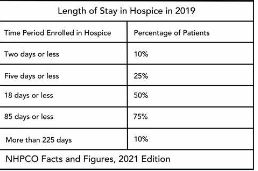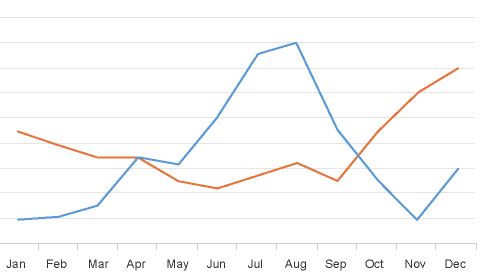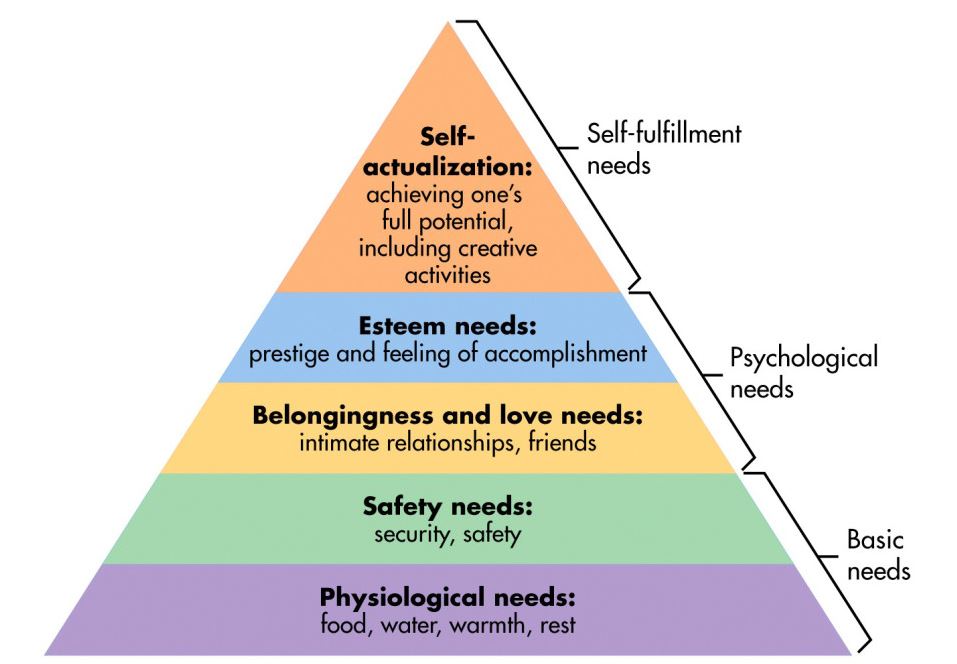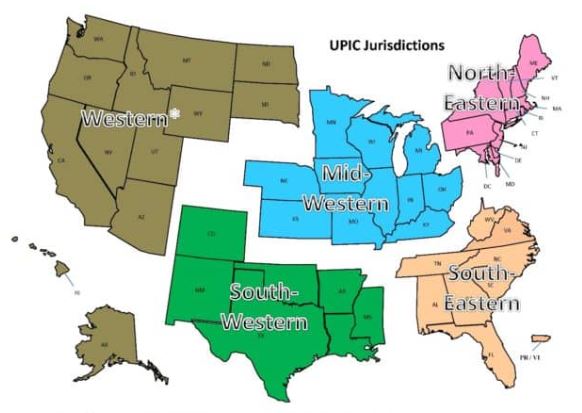End-of-Life Pain Management
People with terminal illness experience pain at the end of life and for many, this pain goes untreated. One of the key elements of hospice care is effectively managing the patient’s pain. Untreated or undertreated pain results in needless suffering – due to physical...
What is the Hospice Special Focus Program?
The hospice Special Focus Program (SFP) is conducted by the Center for Medicare and Medicaid Services (CMS). The objective of this program is to identify poor performing hospice agencies, based upon quality indicators, that place hospice beneficiaries at risk. These...
What are the three key financial statements?
Financial statements record an agency’s financial activities and convey the agency’s financial health. Financial statements are often audited by accountants to ensure their accuracy and are prepared in accordance with a specific set of accounting rules called...
Hospice Length of stay – active or discharged patients?
Patient length of stay is monitored to detect instances of inappropriate use of the hospice benefit or other deficiencies in the services delivered by the hospice provider. Length of stay is monitored for both very short length of stay as well as for length of stay...
Average length of stay versus median length of stay
Patients are eligible for hospice if they have a terminal diagnosis and a prognosis of six or fewer months to live if their disease runs its natural course. A patient who lives longer than six months can still get hospice care if the medical director or other hospice...
Measuring and monitoring employee sentiment
How can your hospice organization find out what your employees are thinking? How do you know if your employees are satisfied? Dissatisfied? How do you know if employee satisfaction varies across different agencies in your organization? Do you have a systemic problem...
Leadership and Maslow’s Hierarchy of Needs
Maslow’s hierarchy of needs is a theory that can be used to provide leaders and organizations with guidance on how to motivate employees. But what is this hierarchy and what is Maslow’s theory? What is Maslow’s Hierarchy of Needs? Maslow developed his theory on the...
Using data to support a hospice marketing strategy
Why is data valuable? Like all other business decisions, a hospice marketing plan must be data driven. More progressive hospice agencies have increasingly begun to understand the value of many types of data in supporting business decisions. This includes internal...
What is the hospice governing body?
What is the governing body? In accordance with the Conditions of Participation, a Medicare certified hospice agency must have a governing body. The governing body has ultimate responsibility for the hospice agency, including legal and financial authority. Medicare...
What is a UPIC audit?
What is a UPIC? Unified Program Integrity Contractors (UPICs) are contracted by CMS to conduct detailed medical review, data analysis, and audits of healthcare providers to investigate possibilities of Medicare or Medicaid fraud, waste, and abuse. While the primary...










